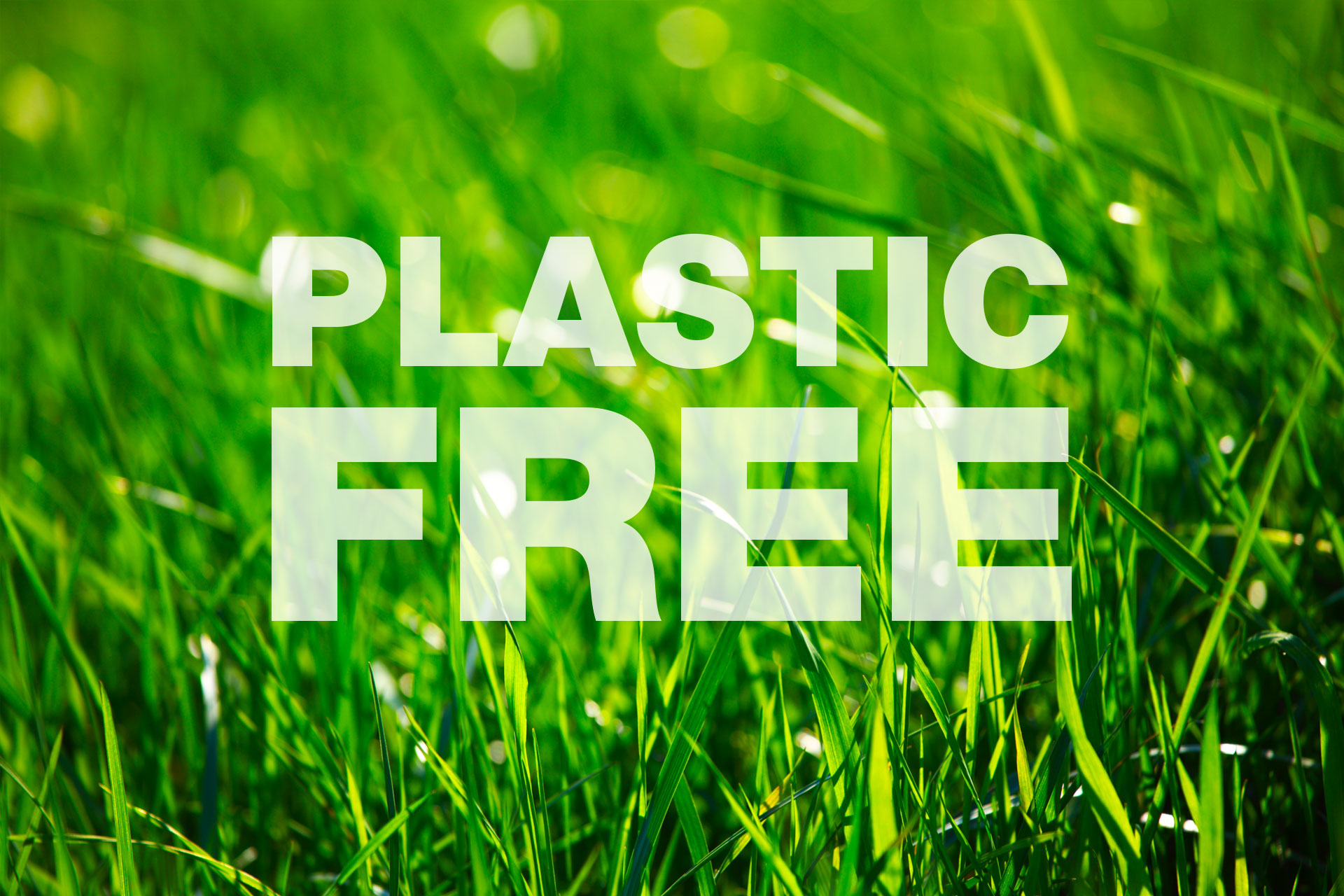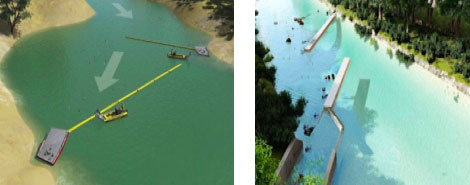The plastic free solution to the plastic problem

It literally means plastic free or free from plastic.
Plastic free is not a fashion, but a mentality…but most of all, a necessity to help make the planet where we live cleaner and better.
Lately, there has been a lot of focus on the damage caused by plastic in the environment that surrounds us…but let’s go in order!!
Plastic itself would not be harmful. Indeed, it constitutes a practical and useful material. Obviously, if we talk about hygienic material, the classic glass and steel are still safer and more hygienic. Heating food in plastic containers, in fact, or leaving a plastic water bottle inside the machine in the sun (never do it, please), can pose a serious danger to our health. On the other hand, from the point of view of its own characteristics, the glass could break and sometimes cause serious damage, unlike the simple plastic bottle which, falling on the ground for example, does not have any consequence.
However, the data regarding plastic production is impressive:
- 250 million tons produced annually
- approximately 8% of the world oil required for the production of plastic
- 3% (only) of the plastic produced is reused (somewhat disconcerting)
- 8 million plastic material that ends up at sea every year (…devastating!!)
In the face of this latter fact, the (often wanted) abandonment of this material into the environment constitutes the primary cause of environmental degradation. But the most relevant problem of plastic is found in the disposal phase, where we all know the enormous damage that dioxin (burnt plastic that rises to the sky and falls to the ground through the rain) causes our body and on Earth (understood as planet, or simply as the land of our garden, rather than the vegetable garden).
Unfortunately, over the years, the exasperated abuse of this material has reduced its value in the beginning. The inappropriate disposable use and in particular the incorrect final management of the material, has contributed to creating a huge ecological imbalance and has revealed an embarrassing problem. Moderate use, the reuse of the same plastic container and the correct recycling of this material, would contribute to an important decrease in the production of plastic, but in particular, to a reduction in emissions to the air.
How did we say? Disposal and abandonment? Or, less environmental impact?

Images like these should make us reflect on the conditions in which our rivers and seas are facing when plastic is abandoned or thrown carelessly. The malice (or if we want to be magnanimous, the negligence) that people use throwing plastic bottles in the fields, along rivers or on country roads, causes a real disaster to the environmental ecosystem. Unfortunately, there is still no natural material, 100% biodegradable and safe plastic material (that is, decomposing in the environment, without causing damage).
Bioplastics (plastic obtained after the use of plants such as corn and potatoes) constitute a huge step forward compared to the traditional one, although organic plastic has some problems in the “composting” phase: we are talking about deterioration times around 3 months, with consequent proliferation, in some cases, of mold (we are from head to toe again, since mold is also a toxic substance). Making a difference could be the common sense of each of us in understanding the best we could get, changing attitude and deciding consciously, to use baskets and containers made available to all for the collection of waste in general (and plastic in the specific) and not throwing it around, ignoring the damage we can cause…TO OURSELVES in addition (how controversial we are, sometimes!!).
This, of course, is not meant to be a warning to anyone in particular. Neither, we want to teach environmental etiquette, in this matter, distributing crumbs of wisdom. What is important to know is that in our environment there are the most varied materials possible and that, among these, the correct management of plastic has a great impact on maintaining the health of the planet.
That said, solutions for plastic recovery exist and new ones are being discovered.

Lately, some scholars (including a start up of two Italian engineers, Fabio Dalmonte and Mauro Nardocci), have invented large binders that float and detach themselves for several meters from the banks of rivers and canals (thus operating upstream of the problem and not downstream), which have the function of stopping all that plastic left around (bags, bottles and more), to then be recovered and disposed of. Do you remember those 8 million plastic materials that end up at sea every year? The contribution that these two engineers are making (together with many others) to solve the problem is remarkable.


